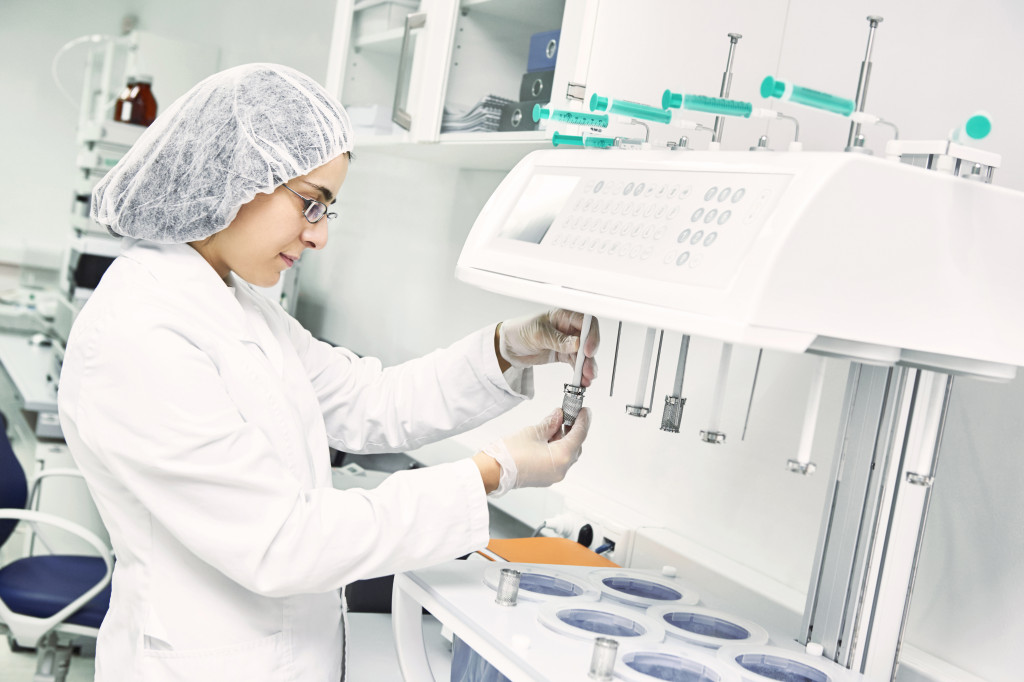Disclaimer: This website provides health information for educational purposes only and is not a substitute for professional medical advice, diagnosis, or treatment. Always seek the guidance of a qualified healthcare provider with any questions you may have.
Current Good Manufacturing Practices (cGMPs) are guidelines that provide a system of processes, practices, and documentation to assure the quality of pharmaceutical products. It allows a systematized approach to drug manufacturing that reduces the chances of human error and contamination.
The cGMPs are constantly evolving as new technologies and best practices emerge. Over the last few years, there have been several trends in pharmaceutical manufacturing that are worth noting. Here are some of the most effective methods that you shouldn’t miss out on:
Accuracy in Net Quantity
Controlling the net quantity of contents plays a crucial role in the pharmaceutical industry. The number of doses per container has to be accurate, representing the value the customer is paying for. Any variation could result in over- or under-dosing, which can have consequences.
Several advanced technologies have been developed to control net quantity with greater accuracy. One such technology is software that integrates with weighing systems to automate data collection and checks. This tool eliminates the chances of filling errors and provides more accurate results.
By investing in this kind of software, manufacturers can better meet cGMP guidelines and ensure customer satisfaction. Thus, it is a trend that is here to stay.
Advanced Tracking and Tracing
Tracking and tracing refer to monitoring the movement of products through the supply chain. It helps to ensure that products are not lost or stolen and that they reach their destination safely.
In the pharmaceutical industry, it is essential to track every production stage, from raw materials to finished products. This procedure allows for better quality control and helps to identify any issues that may arise. It also makes it easier to recall products if there is a problem. Advanced tracking and tracing technologies make use of RFID tags and barcodes. Scanners can read these at different points in the supply chain. This information then gets transmitted to a central database.
This system provides real-time data that are accessible by authorized personnel. It helps to improve the efficiency of operations and reduces the risk of errors. Pharmaceutical companies can ensure compliance with cGMPs and improve their quality control by investing in this technology.
Improved Data Management
Data management is another important aspect of pharmaceutical manufacturing. All data related to production, from raw materials to finished products, must be stored securely. This data can then be used to improve operations and make informed decisions.
In the past, data was often stored on paper, making it challenging to manage. With the advent of digital technologies, data can now be available electronically. This advancement makes it easier to organize and access. It also reduces the chances of errors.
Many companies are now investing in software to manage their data. This trend is expected to continue as it provides many benefits. So, if you haven’t already, it’s time to invest in a sound data management system.
Risk-Based Approach
A risk-based approach is a proactive method of identifying and managing risks. It helps to prevent problems before they occur. In the pharmaceutical industry, this approach is essential to ensuring the quality of products.
The first step in this approach is to identify the risks. Manufacturers can do this by looking at past recalls and complaints. Once the risks have been identified, the company can take steps to prevent them. This may involve changing the manufacturing process or investing in new technologies.
A risk-based approach is becoming more common in the pharmaceutical industry as it helps to improve quality control. Companies can avoid problems and ensure compliance with cGMPs by taking this approach.

In-Line Quality Control
The process of checking the quality of products as they get produced is known as in-line quality control. It helps to ensure that products meet the required standards. It also reduces the need for manual inspection, which can be time-consuming.
In-line quality control can occur using various techniques, such as X-rays and lasers. These techniques can detect product defects and help improve the quality of the finished product. Many companies are investing in this technology as it helps to reduce costs and improve efficiency.
Thus, in-line quality control is a trend that you should expect to continue in the pharmaceutical industry. Taking the time to invest in this technology can help your company stay ahead of the competition.
The pharmaceutical industry is constantly evolving. New technologies and practices get developed to improve quality control and compliance with cGMPs. By implementing these practices, you can help your company improve its operations and ensure the quality of its products. So, don’t wait; start implementing these trends in your business today.

